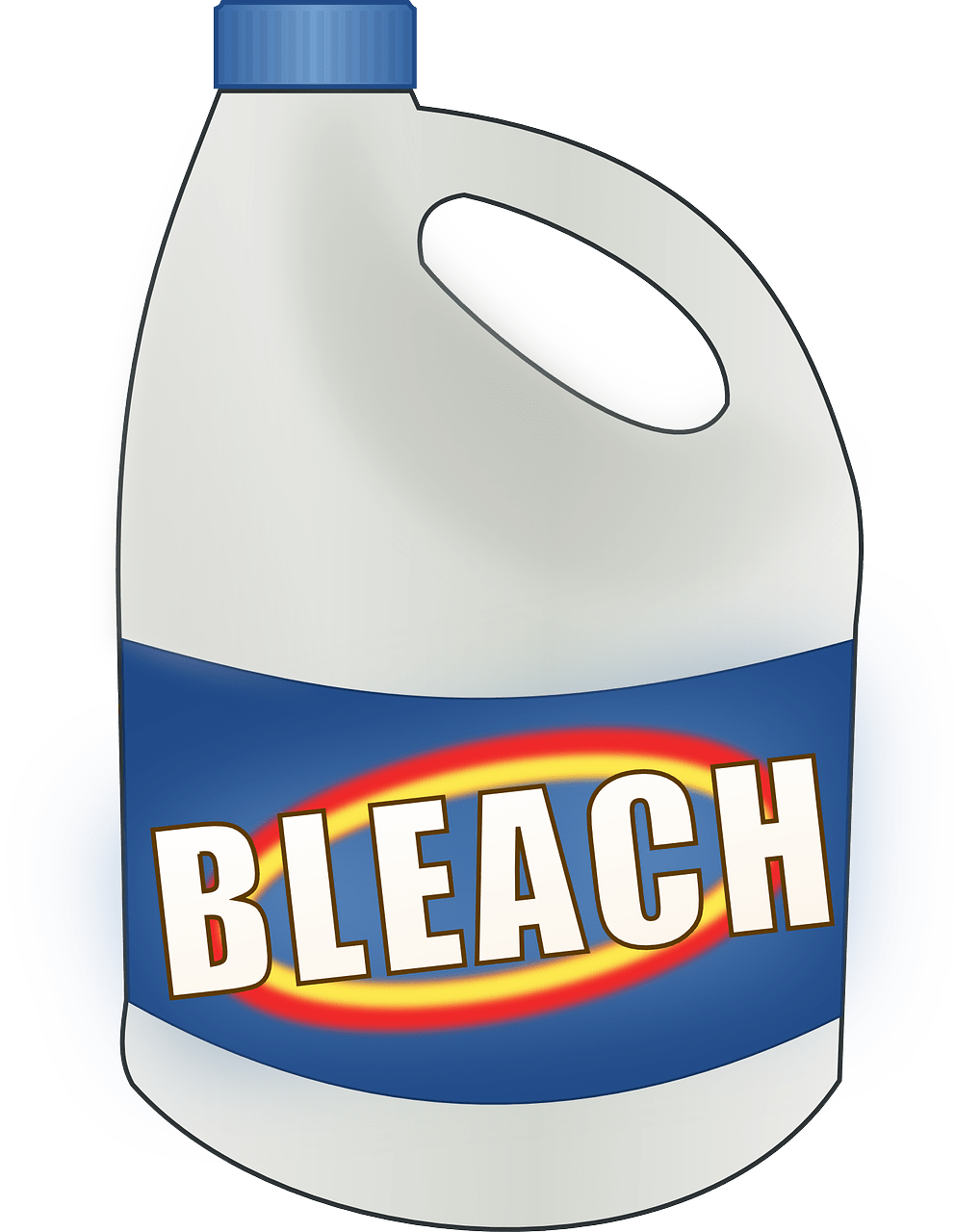Difference Between Bleaching Action of SO2 and Cl2
The key difference between bleaching action of SO2 and Cl2 is that bleaching action of SO2 proceeds through a reduction reaction and is a temporary bleaching process whereas bleaching action of Cl2 proceeds through an oxidation reaction and is a permanent bleaching process.
Bleaching is a chemical process that involves the whitening of fabric by the removal of natural color, e.g. tan color of linen. We need to select a proper chemical substance for this procedure depending on the chemical composition of the fiber. Usually, this bleaching process is done through an oxidation reaction.
CONTENTS
1. Overview and Key Difference
2. What is Bleaching Action of SO2
3. What is Bleaching Action of Cl2
4. Side by Side Comparison – Bleaching Action of SO2 vs Cl2 in Tabular Form
5. Summary
What is Bleaching Action of SO2?
Bleaching action of SO2 is a reduction chemical reaction. Usually, bleaching processes include oxidation reactions, but SO2 act as a bleaching reagent through reduction, which is an exception for the usual process. Moreover, the bleaching process of SO2 is considered as a temporary process because it involves a reduction reaction. Here, SO2 can remove oxygen from the colored substance to make it a colorless component.

We say this process is temporary because the atmospheric oxygen gas slowly takes the place of the removed oxygen in the colored component, and it regains the color. The chemical reaction involved in this bleaching process is as follows:
SO2 + 2H2O ⟶ H2SO4 + 2[H]
What is Bleaching Action of Cl2?
Bleaching action of Cl2 is an oxidation chemical reaction. We can consider this process as a permanent bleaching process because once the color of the surface is gone through Cl2 bleaching process, it cannot regain the color. This bleaching action is permanent because oxidation occurs during this process. During this bleaching process, Cl2 gas reacts with water to produce nascent oxygen from the colored surface. This produced oxygen then undergoes combination with the colors of the colorful surface and can make the surface colorless. This is the reason why we call Cl2 as a strong oxidizing agent. The chemical reaction that is involved in this bleaching process is as follows:
Cl2 + H2O ⟶ HCl + HClO
What is the Difference Between Bleaching Action of SO2 and Cl2?
In general, the bleaching processes are oxidation chemical reactions. However, there are some exceptions where reduction reactions can be used to bleach a surface. Bleaching action of SO2 is a reduction chemical reaction while bleaching action of Cl2 is an oxidation chemical reaction. The key difference between bleaching action of SO2 and Cl2 is that the bleaching action of SO2 proceeds through a reduction reaction, and it is a temporary bleaching process whereas the bleaching action of Cl2 proceeds through an oxidation reaction, and it is a permanent bleaching process.
SO2 removes oxygen gas from the colored component (this cause the removal of color), but the oxygen from the atmosphere slowly replaces this removed oxygen, causing the regain of the color. Cl2 gas, on the other hand, reacts with water to produce nascent oxygen from the colored surface, which then undergoes a combination reaction with the color components.
Below infographic tabulates the differences between bleaching action of SO2 and Cl2 for side-by-side comparison.

Summary – Bleaching Action of SO2 vs Cl2
Bleaching is a chemical process where whitening of a surface is done via removing color components. The key difference between bleaching action of SO2 and Cl2 is that bleaching action of SO2 proceeds through a reduction reaction so it is a temporary bleaching process whereas bleaching action of Cl2 proceeds through an oxidation reaction and it is a permanent bleaching process.
Reference:
1. “Why Bleaching Action of Chlorine Is Permanent While That of Sulphur Di Oxide Is Temporary? – JEE Chemistry Q&A.” BYJUS, Available here.
2. “Bleaching Agent.” An Overview | ScienceDirect Topics, Available here.
Image Courtesy:
1. “Bleach Detergent Laundry Free Photo” (CC0) via Needpix
ncG1vNJzZmivp6x7pbXFn5yrnZ6YsqOx07CcnqZemLyue8OinZ%2Bdopq7pLGMm5ytr5Wau26uy56YnKCZo7RurcKtoKimXaSzbr%2FOa2SappRisK1%2Bjg%3D%3D